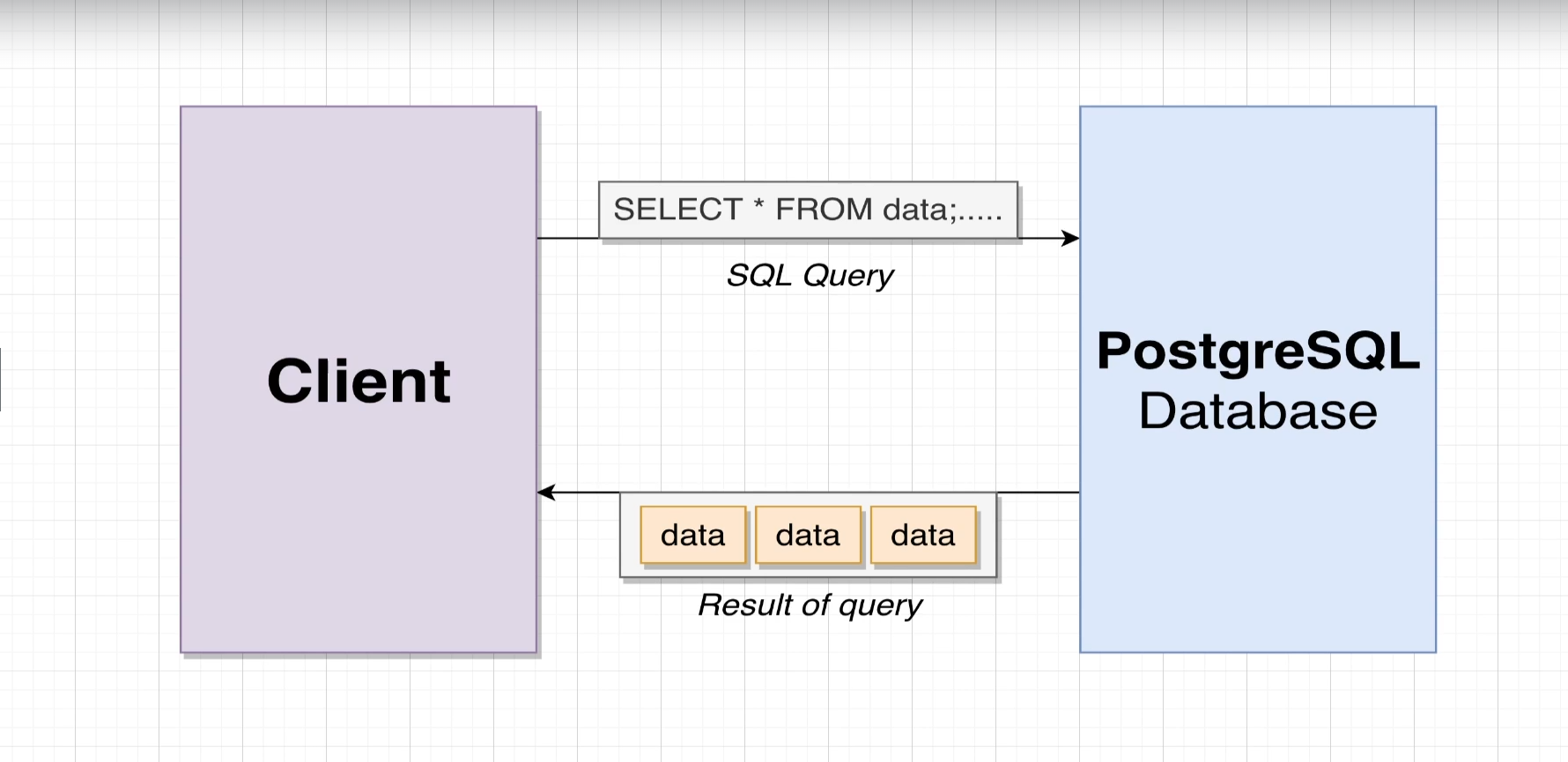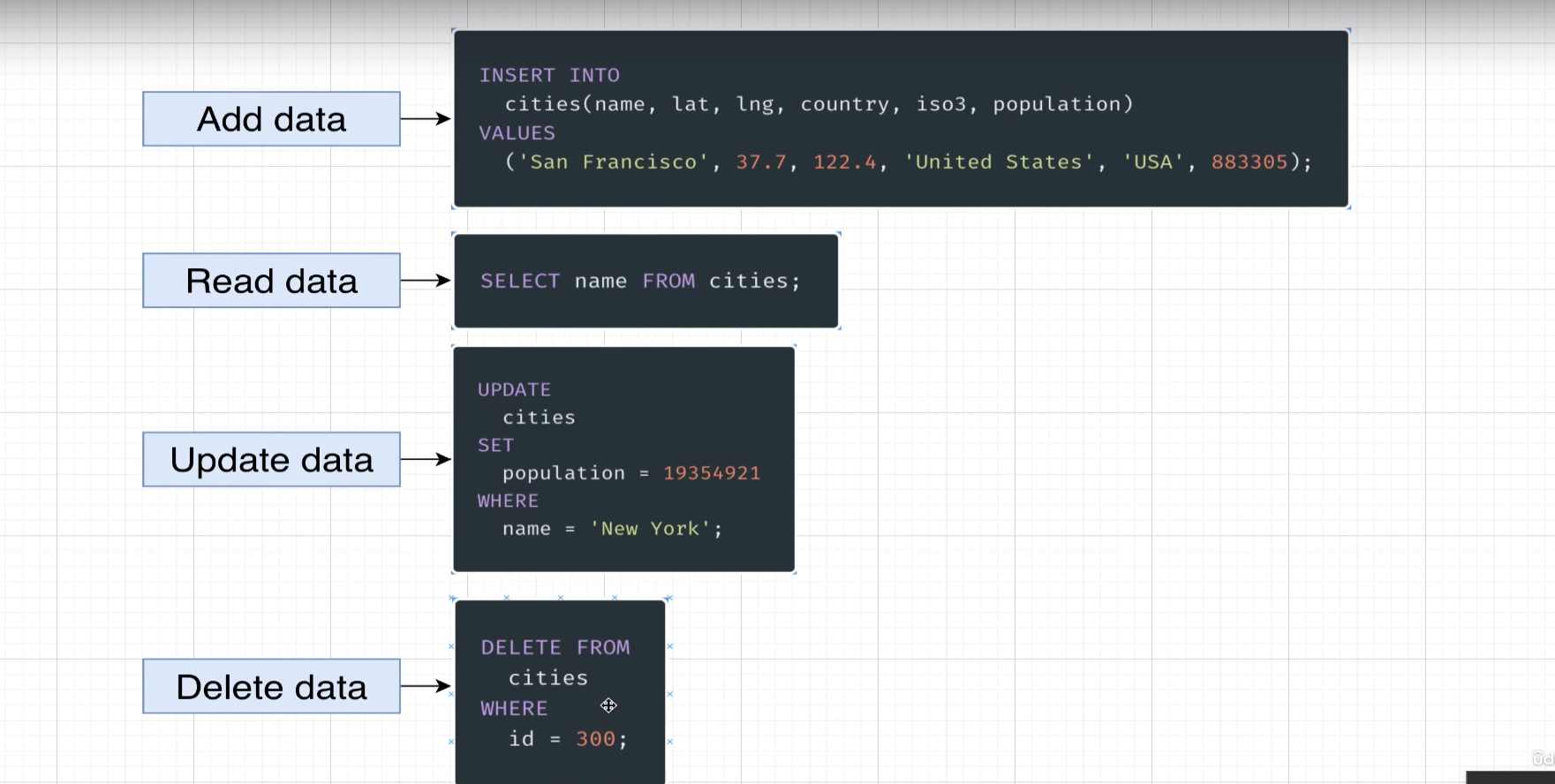Introduction to PostgreSQL: A Beginner's Guide
 Riyaz Nabiyulla
Riyaz Nabiyulla
What is PostgreSQL?
PostgreSQL, often referred to as Postgres is a powerful, open-source object-relational database system. It uses and extends the SQL language combined with many features that safely store and scale the most complicated data workloads. PostgreSQL has been developed actively for over 30 years, making it a robust and reliable choice for backend databases.
Key Terminologies
Database: An organized collection of data, generally stored and accessed electronically from a computer system.
Table: A collection of related data held in a structured format within a database. It consists of columns and rows.
Column: A set of data values of a particular type, one for each row of the table.
Row: A single, data item in a table.
Primary Key: A unique identifier for a record in a table.
Foreign Key: A field (or collection of fields) in one table that uniquely identifies a row of another table.
Query: A request for data or information from a database table or combination of tables.
SQL (Structured Query Language): The standard language for relational database management systems.
Why Use PostgreSQL?
Open Source: Free to use, modify, and distribute.
Extensible: Supports custom procedures, data types, and more.
Standards-Compliant: Adheres to SQL standards.
Robust Features: Offers advanced features such as transactions, concurrency, and durability.
Installation Instructions for PostgreSQL on Windows
Step 1: Download PostgreSQL
Go to the official PostgreSQL website: PostgreSQL Downloads.
Select your operating system (Windows).
Step 2: Install PostgreSQL
Run the Installer: Locate the downloaded installer and run it.
Select Components: Choose the components you want to install. The default selection is usually sufficient.
Set Password: Set a password for the PostgreSQL superuser (default user is 'postgres').
Select Port: The default port is 5432. You can leave it as is unless it's already in use.
Configure Locale: Select your locale settings.
Finish Installation: Follow the remaining prompts to complete the installation.
Step 3: Verify Installation
Open the pgAdmin tool installed alongside PostgreSQL.
Connect to your local PostgreSQL server using the credentials you set during installation.
Using PostgreSQL as a Backend Database
1. Creating a Database
CREATE DATABASE mydatabase;
2. Creating a Table
3. Inserting Data
4. Querying Data
5. Updating Data
6. Deleting Data

Learning Resources
Free Courses
PostgreSQL Tutorial: A comprehensive guide covering basic to advanced topics. PostgreSQL Tutorial
Khan Academy SQL Course: While not exclusively PostgreSQL, it provides a solid foundation in SQL. Khan Academy
Paid Courses
Udemy: SQL and PostgreSQL: The Complete Developer's Guide: Udemy
Coursera: Introduction to Databases and SQL: Offered by IBM, this course dives deep into SQL with PostgreSQL. Coursera
Conclusion
PostgreSQL is a versatile and powerful database management system perfect for beginners and seasoned developers alike. Its open-source nature, combined with its rich feature set, makes it an excellent choice for backend databases. By understanding the basic terminologies and following the installation instructions, you can quickly get started with PostgreSQL. Leverage the free and paid resources to deepen your knowledge and enhance your database management skills. Happy learning!
Subscribe to my newsletter
Read articles from Riyaz Nabiyulla directly inside your inbox. Subscribe to the newsletter, and don't miss out.
Written by

Riyaz Nabiyulla
Riyaz Nabiyulla
Tech enthusiast and full-time worker 🚀 Learning DSA in Java to unlock new coding adventures! ☕ Passionate about solving puzzles and embracing continuous learning. Let's connect and build a brighter tech future together!